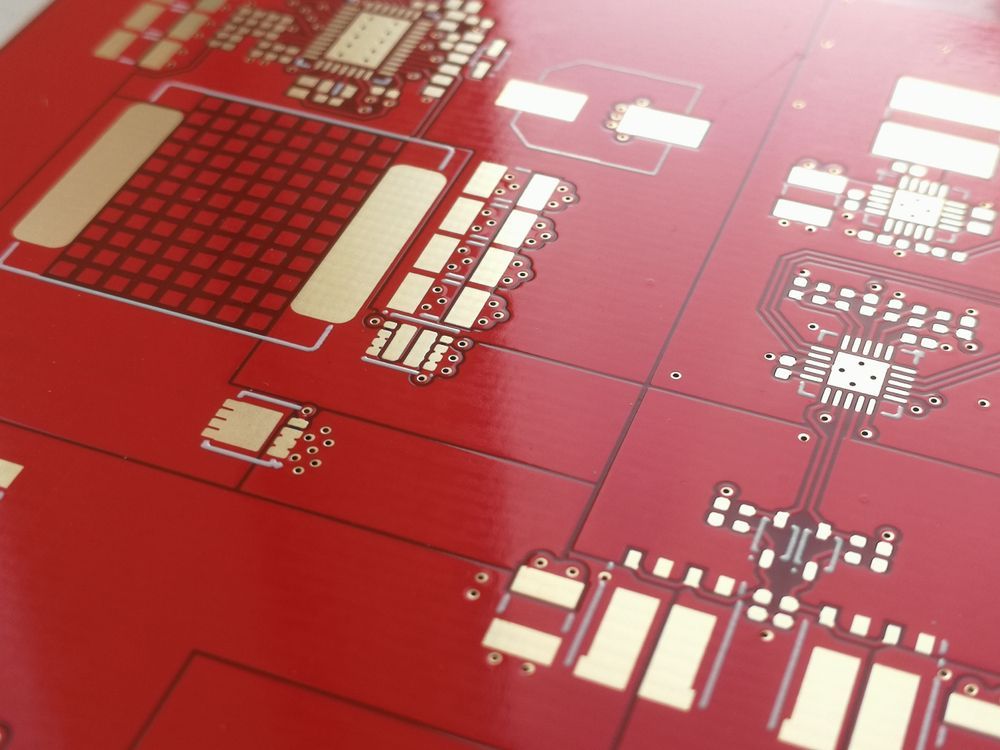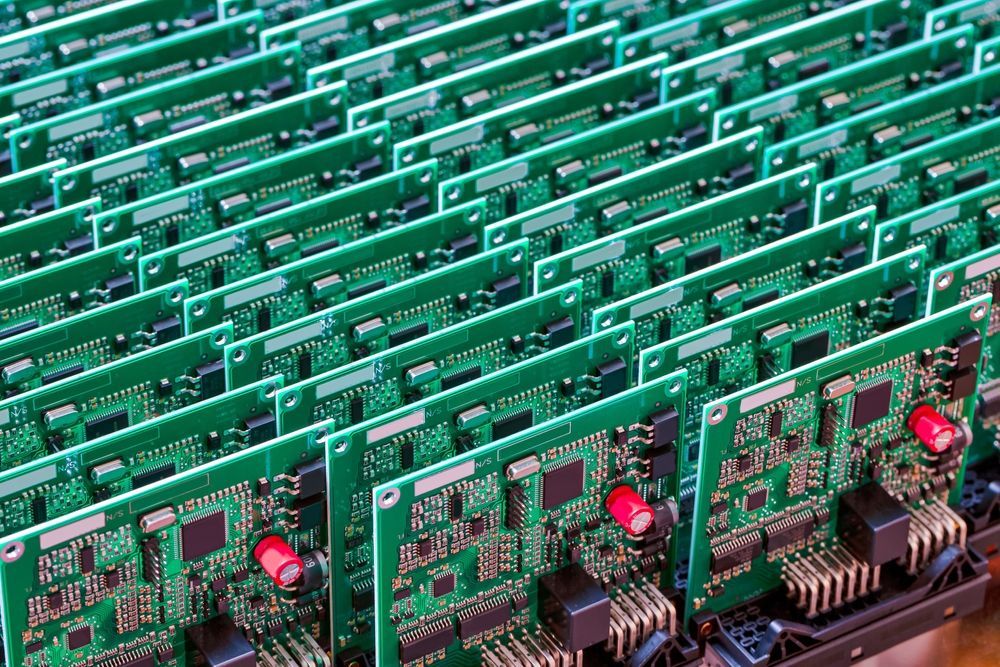Field Programmable Gate Arrays (FPGA) Explained
Field Programmable Gate Arrays (FPGAs) offer a unique advantage in hardware design: the ability to reconfigure functionality after manufacturing. Unlike fixed-function integrated circuits, FPGAs allow engineers to adapt logic behavior to evolving system needs, prototype new architectures, or accelerate processing tasks without redesigning the silicon itself. Their structure makes them well-suited for high-speed, parallel computing tasks across industries where performance, flexibility, and control are priorities. Understanding how these devices work and where they offer the most value can help engineering teams make more informed architectural decisions.
What is a Field Programmable Gate Array (FPGA)?
A Field Programmable Gate Array (FPGA) is a semiconductor device composed of configurable logic blocks, routing interconnects, and input/output elements that can be programmed after manufacturing. Unlike traditional ASICs, which are hardwired for specific functions, FPGAs can be reconfigured to perform a wide range of tasks at the hardware level. This flexibility enables rapid prototyping, hardware acceleration, and system upgrades without altering the physical circuitry. Engineers use FPGAs to create custom logic for data processing, signal handling, and real-time control. These devices are often deployed in applications that require low latency, parallel execution, and long product lifecycles.
FPGAs operate through a network of programmable logic blocks connected by configurable routing channels. These blocks include lookup tables (LUTs), flip-flops, and multiplexers that can be arranged to perform arithmetic operations, data comparisons, or state-based control functions. Routing paths between blocks are customized during programming, allowing specific data flows and processing sequences.
Because operations occur in parallel rather than sequentially, FPGAs excel at handling multiple real-time tasks simultaneously. This architecture enables high throughput, low latency, and fine-tuned control at the hardware level, making FPGAs well-suited for applications that require deterministic performance and hardware-level customization.
How do FPGAs Work?
How are FPGAs Programmed / Configured?
Programming an FPGA starts with writing logic in a hardware description language, typically VHDL or Verilog. These languages describe how signals should move, interact, and respond inside the chip. Once the design is complete, it’s compiled into a configuration bitstream or a file that tells the FPGA how to wire its internal circuitry. That file is then loaded onto the device using a development board or configuration tool.
Some FPGAs hold their programming only while powered, requiring reloading at startup. Others use non-volatile memory to retain logic indefinitely. This flexibility makes it easy to update functionality, field test new ideas, or support evolving hardware requirements.
Types of Field Programmable Gate Arrays
FPGAs are categorized based on the technology used to configure their logic. Each type offers distinct trade-offs in terms of speed, reconfigurability, security, and power consumption. Understanding the differences helps engineers match FPGA characteristics to specific application needs.
Antifuse-based FPGAs
Antifuse FPGAs are programmed once. After configuration, connections are permanently set by breaking down insulating layers within the chip. This approach delivers fast logic paths and strong resistance to tampering. It’s often used in military or space applications, where reprogrammability isn’t required and long-term stability is a priority.
SRAM-based FPGAs
These devices use static RAM cells to control routing and logic. They are fully reprogrammable and widely used for prototyping and production. Because SRAM is volatile, the FPGA needs to be configured on each power-up. This type provides excellent flexibility, though it may require additional circuitry for configuration storage.
Flash-based FPGAs
Flash-based FPGAs store configuration data internally, making them non-volatile and quicker to boot than SRAM types. They offer a balance between performance and reusability. Flash technology also enhances device security since designs remain self-contained.
EEPROM-based FPGAs
These use electrically erasable memory to store configuration data. Like flash-based FPGAs, they retain logic after power loss. EEPROMs are typically slower to write, but allow easy updates in the field and maintain stability across operating cycles.
Hybrid FPGAs
Hybrid devices combine two or more configuration types to balance speed, flexibility, and retention. These are often customized for specific design goals, offering an adaptable platform across industries.
System-on-chip FPGAs
SoC FPGAs integrate a programmable fabric alongside embedded processors. This combination allows real-time control, high-speed logic, and software programmability in one device. It’s well-suited for advanced automation, signal processing, and smart embedded systems.
Advantages of FPGAs
FPGAs offer unmatched flexibility in hardware design. Engineers can update logic without redesigning the physical circuit, which shortens development cycles and lowers risk in early-stage products. Their parallel processing capability supports high-speed data handling and real-time control, especially in systems where timing precision is non-negotiable.
Moreover, since configuration is handled in-house, OEMs retain full control over functionality and security. This makes FPGAs a strong fit for industries requiring long product lifespans, hardware adaptability, or secure field updates. Unlike fixed-function ASICs, FPGAs continue to evolve after deployment, supporting iterative improvement and custom feature sets without the cost of new silicon.
Industry Applications of FPGAs
FPGAs are valued across industries for their adaptability, processing speed, and support for custom logic. Their architecture allows engineers to tailor hardware functions to meet the specific requirements of high-performance or high-reliability systems.
Aviation & Aerospace
In aerospace, FPGAs handle tasks such as sensor fusion, flight control, and avionics data processing. Their deterministic performance and radiation-tolerant variants make them a dependable choice for satellites, UAVs, and crewed aircraft systems.
Agriculture & Farming
Modern agricultural machinery relies on real-time data from GPS, soil sensors, and automation systems. FPGAs allow for parallel processing of multiple data streams, enabling responsive control in equipment like precision sprayers, autonomous tractors, and yield monitors.
Automotive
FPGAs are used in ADAS, electric powertrains, and in-vehicle infotainment systems. Their flexibility supports evolving industry standards and allows manufacturers to deploy updates over time without changing the core hardware.
Consumer Electronics
In consumer devices, FPGAs provide rapid prototyping capabilities for audio, video, and communication systems. They help developers test new features before committing to ASIC production, reducing time to market and improving design accuracy.
Energy & Utility
In the case of energy & utility, FPGAs support high-speed control loops in power converters, grid infrastructure, and solar inverters. Their ability to handle high-frequency switching and feedback makes them ideal for managing power efficiently and safely.
Medical
Medical imaging, patient monitoring, and surgical equipment often rely on FPGA-based hardware for high-speed signal acquisition and processing. Their reconfigurability allows for long-term product support in regulated environments.
Military
Defense systems use FPGAs for radar processing, encrypted communications, and situational awareness platforms. They offer tamper resistance and performance reliability under extreme environmental conditions.
Telecommunications
Telecom networks use FPGAs for packet processing, baseband control, and protocol adaptation. Their parallel architecture helps maintain bandwidth and latency performance in switching and data transport applications.
Built for Precision, Designed for Change
FPGAs continue to shape how engineers approach hardware design. Their ability to process data in parallel, evolve through reconfiguration, and support complex systems makes them a powerful option across industries.
At EI Microcircuits, we work closely with OEMs to manufacture high-complexity electronic assemblies that integrate FPGAs into reliable, production-ready solutions. Our process supports low to medium volume builds, high mix configurations, and strict compliance across medical, aerospace, defense, and industrial sectors.
Contact us today to find a solution to your electronics manufacturing challenges.
let's talk
EI Microcircuits is comprised of three production facilities totaling over 100,000 square feet of climate-controlled manufacturing, engineering and warehousing. We are ready to be the solution to your next project. Contact Us, Request a Quote or Schedule a Tour today!
Manufacturing plant 1
1651 Pohl Road
Mankato, MN 56001
P: 507.345.5786
Manufacturing plant 2
2011 Klein Street
St. Peter, MN 56082
P: 507.934.5722
manufacturing plant 3
69 Power Drive
Mankato, MN 56001
P: 507.386.9160
*Each facility is configured to support your production needs. While maintaining continuity with each other in equipment, training and process control, each facility offers its own specialty. All facilities share the same data center to allow for seamless manufacturing between locations.



